We would not expect the feeble, octogenarian POTUS to abandon the White House or the British prime minister to leave 10 Downing Street, or the Philippine president to quit Malacañang Palace or Kenya’s president to desert the State House or the Ecuadorian president to forswear Carondelet Palace or the Mexican president to walk away from the National Palace or China’s “paramount leader” to renounce Zhongnanhai or the French president to disown Élysée Palace or the Russian president to turn his back on the Kremlin or Canada’s prime minister to shun Rideau Hall. Why, then, has Yoon Suk-yeol abjured Korea’s treasured Cheongwadae?
Executive office and residence of Korean presidents since 1948, Cheongwadae—also known as the Blue House because of the 150,000 sky-blue tiles that make up its roof—has a history going back more than 900 years. Three centuries before Seoul became the nation’s capital and before Gyeongbok Palace was erected, a royal villa could be found at the location of what became Cheongwadae. That long-gone edifice was built by order of King Sukjong. He followed the advice of geomancers who regarded it as an auspicious spot. Apparently so, since an inscription on a stone wall discovered in 1960 called it “the most blessed place on earth.” A royal garden resided between Gyeongbokgung and Bukhan Mountain throughout the Joseon dynasty. However, it was completely derelict during the 270 years separating the Hideyoshi invasions (1592ᅳ1597) and 1867 when King Gojong—more precisely his father Heungseon Daewongun, who served as regent during Gojong’s minority—had the palace rebuilt.
In the late 1930s, the Japanese constructed a building for the governor-general behind the palace. It would be dismantled in 1993 by order of president Kim Young-sam at the same time the massive and detested Government-General Building on the doorstep of Gyeongbokgung was razed. Only then could Seoul’s main palace (there are five) be restored to its former grandeur. US military commander John Hodge lived and worked there between 1945 and 1948. With the creation of the Republic of Korea, Syngman Rhee took up residence in Cheongwadae—although it was known as Gyeongmudae until 1960. President Yun Bo-seon, who had a short and uneventful administration, thought the old name bespoke authoritarianism and dictatorship. It has been Cheongwadae ever since.
The presidential compound’s 62 verdant and well-tended acres have evolved since independence was achieved. Built in traditional Korean architectural style with modern elements, Cheongwadae now consists of the Main Building (completed in 1991), the Presidential Residence, Sanchungjae Hall, Chimryugak Pavilion, Chunchugwan Hall, Ounjeong Pavilion, Chilgung Shrine, Yeongbingwan Hall and the Grand, Small and Nokjiwon Gardens. There is also a heliport near Chunchu Gate.
I draw it to your attention that Nokjiwon Garden, where each president has ceremonially planted a tree, has been the site of public events off and on since 1955. Furthermore, people have been able to tour Cheongwadae on a limited basis for a long time. I did so in 2016 with my then-GF. So Yoon’s many assertions that the place is shrouded in mystery and remote from average citizens is a bunch of hooey. I do not deny that Cheongwadae conveys power—hey, Korea is no third-world country—but it also conveys dignity and Korean pride. When George W. Bush met Kim Dae-jung in Seoul in February 2002, he is said to have marveled at the splendor of Cheongwadae. Let us not be surprised since Korea’s cultural and historical roots are much deeper than those of the USA.
Never before has Yoon, a political neophyte, held elected office. He had previously served as chief prosecutor, an appointed position. A conservative and thus an antidote to the left-winger Moon Jae-in who preceded him, he stated in his campaign that if elected he would never make the Blue House his home or office. He narrowly beat Lee Jae-myung and was inaugurated on May 10, 2022. One of the first things he did was to sign a decree turning it into a public park capable of processing 39,000 visitors per day. This was met with a certain amount of consternation as people—Moon, for one—doubted the wisdom of Yoon’s unilateral action. Some suggested or stated outright that he and his wife Kim Kun-hee had done it only after consulting fortune tellers. If that sounds odd to non-Koreans, keep in mind that Park Geun-hye was impeached partly because she employed a fortune teller as her confidante. There are nearly 11,000 registered prophets and shamans in the country, and many more operate without licenses.
What is this talk about Cheongwadae being “cursed”? Yes, Rhee was ousted in 1960 and put on a plane to Hawaii. (His safety was ensured by the American CIA.) In January 1968, some North Korean commandos crossed the DMZ and launched a raid that came within 100 meters of the Blue House before being bloodily halted. And Park Chung-hee was killed there by an aide during a boozy dinner in 1979. Protests out in front during the last several administrations have been large and boisterous. The 13th president asserts in the face of much evidence to the contrary that the $40 million move was the right thing to do. Cheongwadae, he claims, was “a symbol of imperial power” that has now been “given back to the people.” I say the man is a shameless bloviator.
Soon after becoming president, Yoon moved into an office in the Ministry of National Defense headquarters in the Yongsan district and found a home in the Hannam district. He travels between them in a convoy of cars, a system that seems pure folly to me. The Cheongwadae complex was highly efficient and secure, an ideal place for a busy Korean president to live and work. The Cultural Heritage Administration, under whose aegis it falls and with which I dealt in my six-year Jikji campaign, had no choice but to acquiesce to Yoon’s plan.
Remember the huge floods that hit Seoul in early August? Yoon was himself marooned in his new personal residence and unable to offer any kind of presidential leadership; it was a logistical nightmare. The tragedy at Itaewon just before Halloween—158 dead—happened in part because there were too few cops available for crowd control. Hundreds were deployed instead at Hannam protecting the president against the many protesters who gathered to call him incompetent and urge him to step down.
My tour of Cheongwadae on December 3 felt downright weird. There were empty desks, empty offices, empty rooms, empty buildings, empty everything. A tourist brochure informed me that this is where the first family used to live, this is where the president used to give press conferences, this is where the cooks used to prepare food, this is where the president used to greet leaders and diplomats from other countries, and so on.
Yoon is learning on the job, and he’s not doing too well. Most of his advisors are chosen from a small group of friends, and he appears not to understand the importance of optics. Making blunder after blunder, he has dismal poll ratings. After less than a year in office, he already seems like a lame duck. I realize that he’s got a lot on his plate: North Korea keeps firing rockets, the economy is in bad shape, we have ongoing social problems, Seoul has dicey relations with Washington, Beijing and Tokyo, and his domestic political enemies want nothing more than to embarrass him. I would be a lot more willing to support Yoon if he had not pulled this stunt of moving out of the Blue House. I predict that when the next president takes office in May 2027, he or she will overturn Yoon’s ill-conceived experiment and return to the lovely and impressive spot between Gyeongbokgung and Bukhansan.
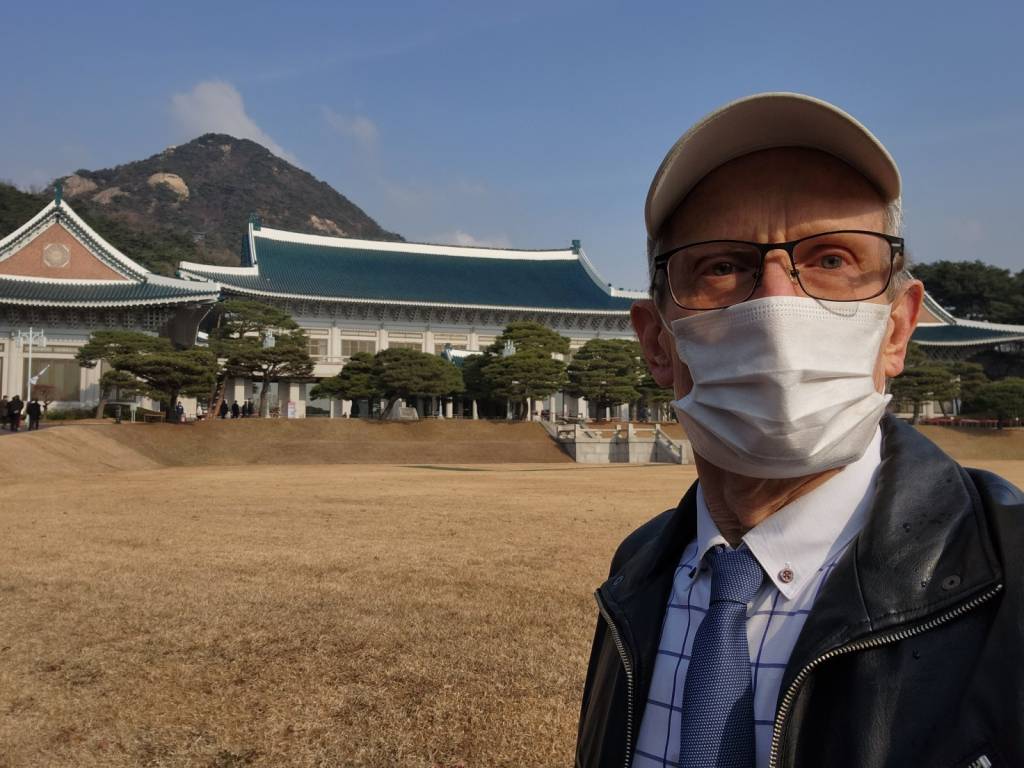
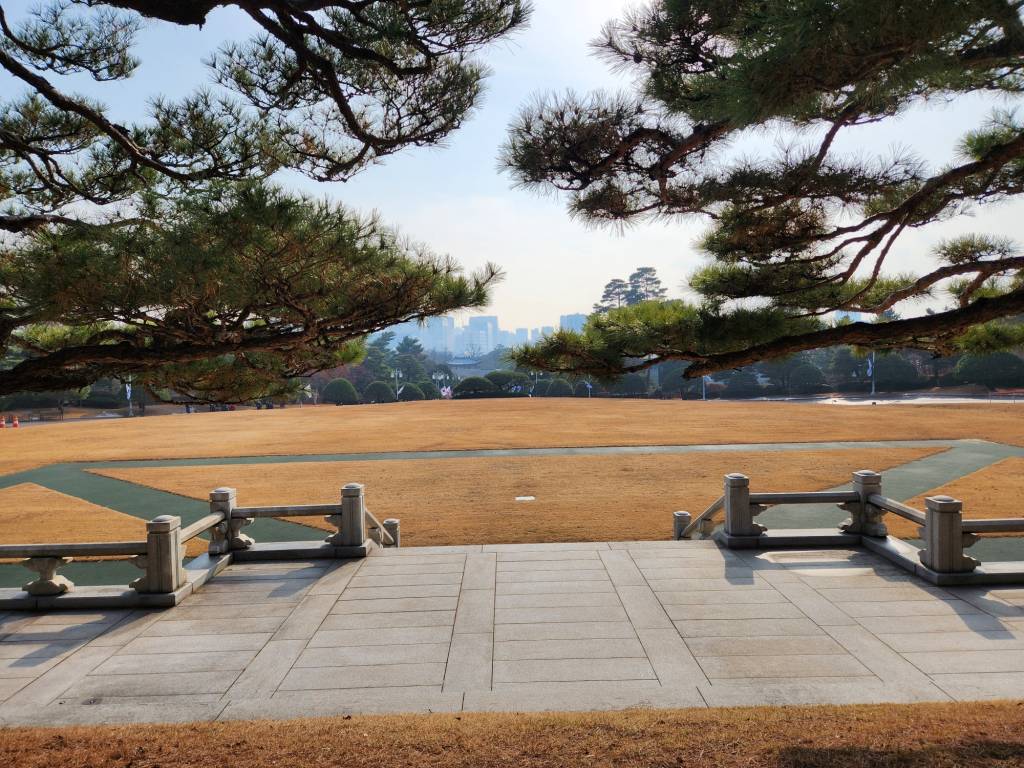
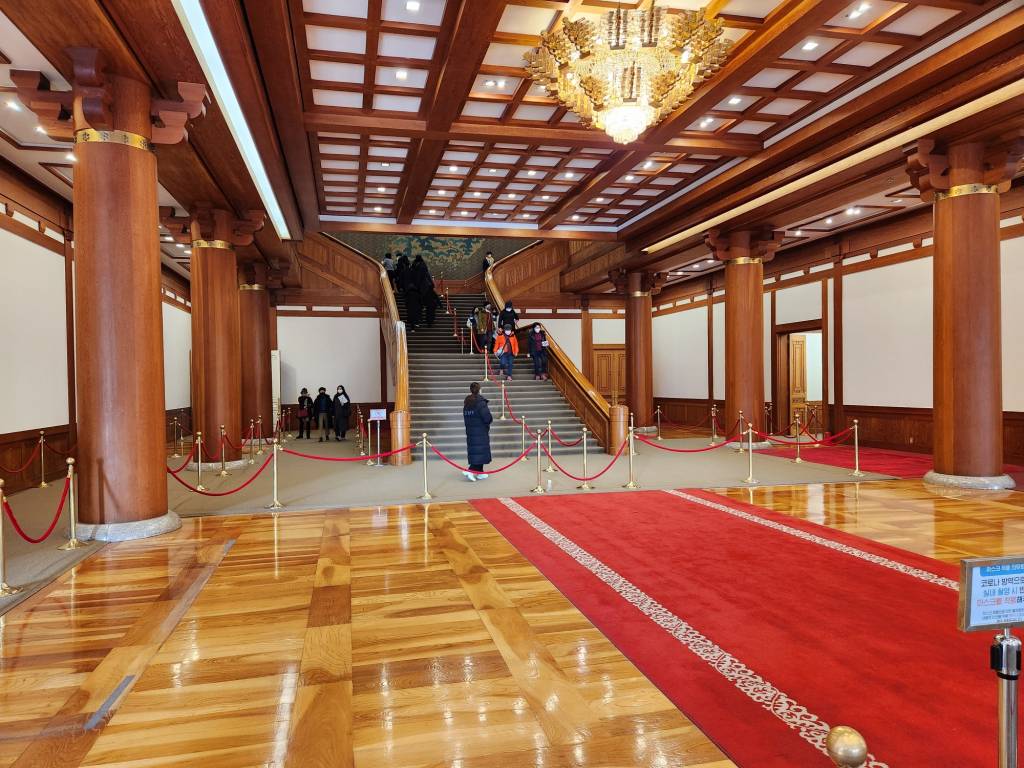
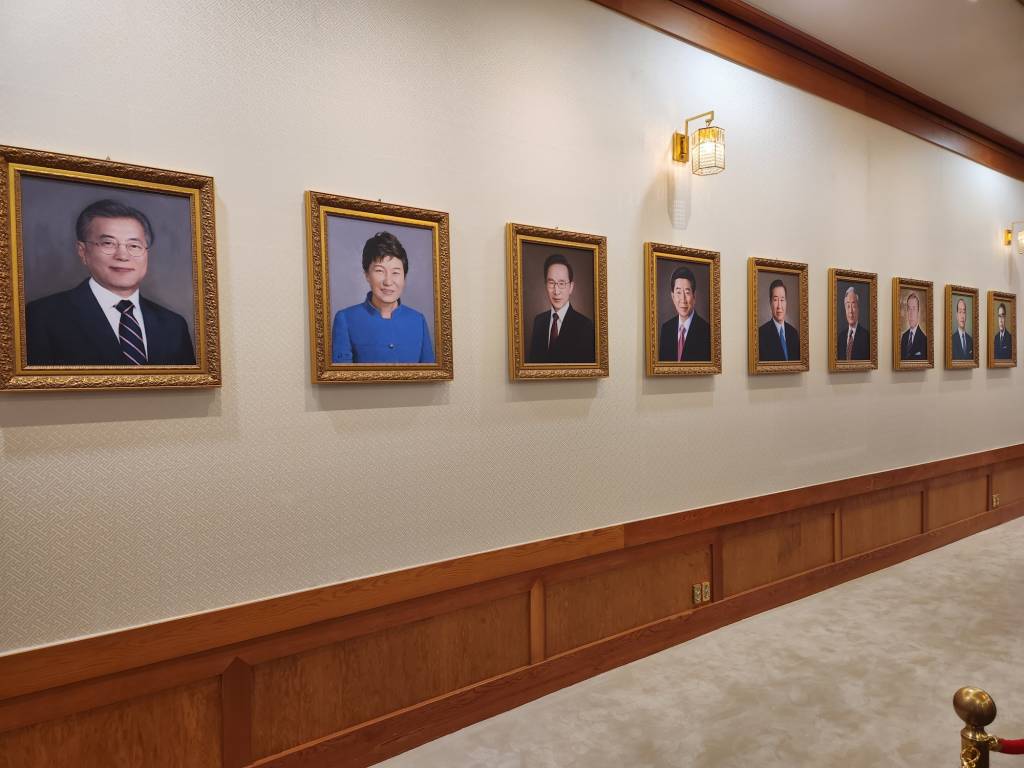


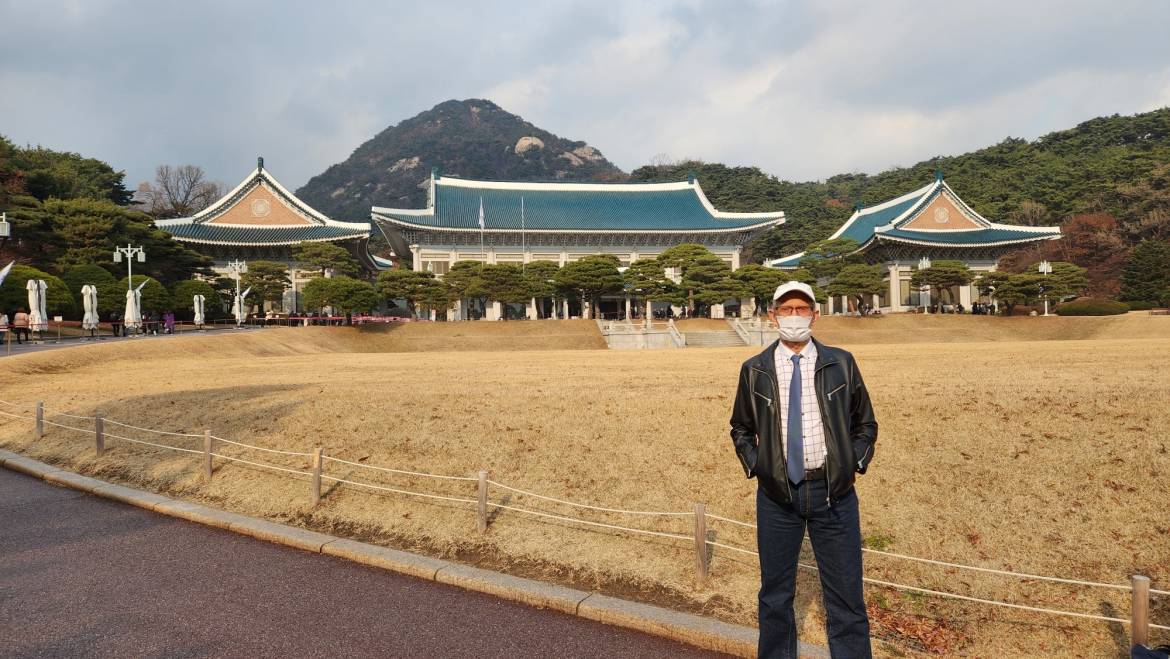
4 Comments
The impeccable writing of RAP aside, some lofty architectural on display here. Can’t be replicated!
True that, Brother Darrell…
Lots of research is evident in this piece.
It’s wonderful history that you are reporting.
Of all the palaces, and edifices in general that you have visited and provided photos, this is a real beauty….I think I think is has the most splendor….at least that I appreciate from an architectural viewpoint. That view from the porch looking to the skyline of was breathtaking…can’t imagine what it was like to be there and see it in person.
Well, thanks, Gary. I agree that the Blue House is very striking. And it irks me that it now sits empty and will be for another 4 1/2 years.
Add Comment